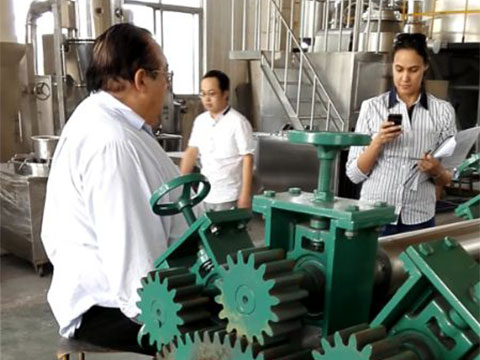Selection of heat source for drying equipment
Other heat sources: such as solar energy, exhaust gas, waste liquid, waste oil residue, etc. These heat sources can be utilized under certain specific conditions, but are usually limited by factors such as geographical location and material characteristics.
2、 Selection factors
Product quality requirements: The heating temperature and cleanliness of the heat source have a significant impact on product quality. Therefore, when selecting a heat source, it is necessary to ensure that the selected heat source can meet the specific requirements of the product, such as maintaining biological activity, avoiding high-temperature treatment, and severe deactivation.
Environmental requirements: Some combustion heat sources may produce odors or smoke during the combustion process, which can cause pollution when emitted into the atmosphere. Therefore, these heat sources should be carefully selected, and if they must be used, they need to be environmentally treated.
Economy: The selected heat source should consider local resources and costs, both economically and easily accessible. There are differences in fuel prices and electricity costs in different regions, so it is necessary to choose according to the actual situation.
Safety: For direct combustion heat sources, especially when dealing with flammable, explosive, or easily oxidizable materials, safety is particularly important. It is best to choose indirect heat sources or take special flame retardant or explosion-proof measures.
Operability: The selected heat source should be easy to operate and automatically controlled to ensure stable product quality. The automation control system can monitor and adjust the working status of the heat source in real time, improving production efficiency and product quality.
3、 Common drying equipment and their heat source selection
Tunnel dryer: It mainly uses indirect steam heating, and also uses flue gas from fuel and gas as a heat source. Direct use of coal-fired flue gas is no longer common, but hot air heaters that use coal-fired flue gas to directly heat air are still being developed.
Rotary dryer: suitable for drying bulk materials such as grains, sugar, glucose, etc. Infrared heating devices can be installed axially inside the drum or heated externally to supplement the heating of dry materials.
Thin layer flow-through dryer: For bulk materials such as grains and barley, using a thin layer flow-through dryer is more effective. It uses heated air to blow through the material layer on the side of the material flow, achieving the purpose of drying.
Fluidized bed dryer: also known as fluidized bed dryer, is a type of through flow hot air dryer used to process granular materials or uniformly dry small pieces of materials.
In summary, the selection of heat sources for drying equipment needs to be comprehensively considered based on multiple factors such as product quality requirements, environmental protection requirements, economy, safety, and operability. Different types of drying equipment and material characteristics also have different requirements for the selection of heat sources. Therefore, in practical applications, it is necessary to choose and optimize according to specific situations.
